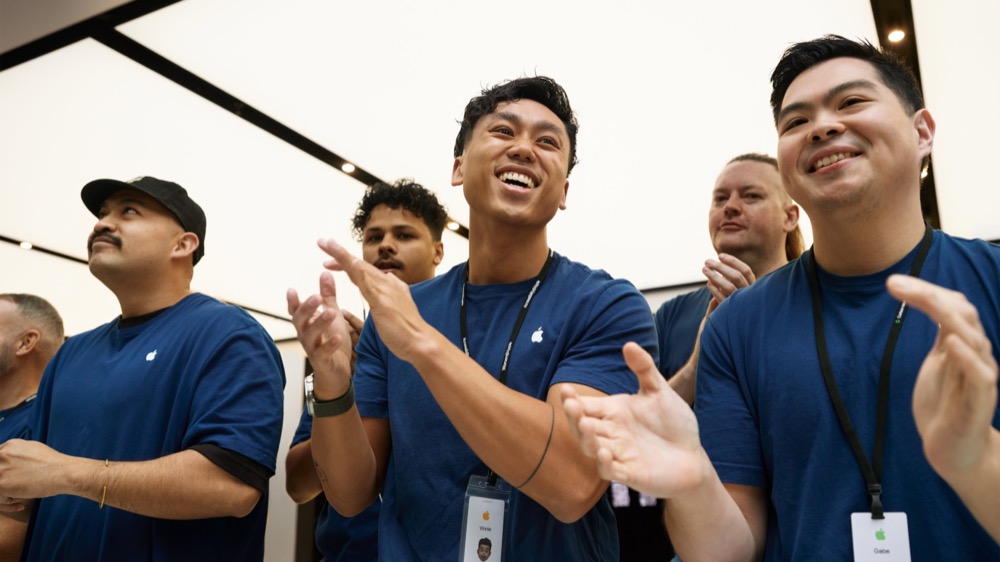Why Apple, not Android, won the smartphone wars

Several years ago, I noticed that while Apple was being slammed for selling expensive smartphones, they sold well and meant the company took the high end of the market leaving Android makers fighting and struggling to make a business in the less lucrative parts of the industry.
Where’s the business?
Apple held onto that high-end, basing its grip on user satisfaction and the uniqueness of its user interfaces and brand. People liked and continue to like its ease-of-use, and its focus never really wavered. It held onto that high-end market and reached into the mid-tier.
It’s long lasting devices hold value on second user markets, which also limits the space in which competitors could make cash – and, for the most part, Samsung is the only other smartphone game in town – and almost every competitor uses exactly the same OS.
Only Apple is unique.
Aim high to win low
The effect of this was to send the mobile phone industry on a group march down to the bottom of the mine. Because competition ends up being focused on price, manufacturers try to bring product in cheap. That means devices have frequently been poorly made, not especially resilient, all with approximately the same user interface, and so many of them never even see a significant software update.
Despite the evident built in obsolescence, they sold in hundreds of millions, but the profit per sale was lower, competition fierce, and the products didn’t last long. Not to mention the environmental consequences of these devices being thrown away, and the dodgy places from which I assume some sought precious rare earths and conflict minerals.
And, at the same time, Google’s Android owned most of the app-related profits, as it provides most of the services on those devices.
All of this was visible at the time, but it looks like – as the smartphone market reaches maturity and economies falter – the smackdown has now truly begun. It’s like the painful bit with the guy covered with nails in Hellraiser.
Death of the centurions
These are the conclusions I reached on reading Counterpoint’s latest data, which explains that almost 500 smartphone manufacturing brands have exited the business between 2017-2023.
Most of these are makers you’ve never heard of, but there are now under 250 brands, they said, down from over 700.
Smaller brands are particularly extinguished, they added. They weren’t able to maintain R&D to the same degree as larger competitors in the Android space, making their products even more homogenised and less interesting.
Big brands have bigger budgets, more marketing, better promotions and more, which is a big advantage when you’re wrestling for pennies on the show room floor. (And don’t forget, Apple wasn’t the biggest brand at the start of this race). As if that wasn’t bad enough, Chinese brands like Xiaomi, Oppo, and vivo jumped into the market to eat up the low end. It just got to be a tough business, and then the impact of global economic challenges and Covid-19 pretty much pushed these brands over the edge.
What happens next?
Even more market consolidation is coming until in the end only the large brands and those making unique products will survive. Apple has the advantage of being both.
That unique offer means that now Apple continues to grow market share even as the industry contracts. Just as iPhone 15 mania exceeds all expectations, which, given the high user satisfaction the company usually delivers, means Apple has already set up a good and steady iPhone replacement cycle across the next three-five years.
How many smartphone brands will even exist by then? Not too many, I assume.
But hundreds of millions of iPhone users already know who will make their next smartphone.
This is the logical outcome of Android’s race to the bottom.
Apple won. (But I don’t think it can be complacent).
Please follow me on Mastodon, or join me in the AppleHolic’s bar & grill and Apple Discussions groups on MeWe.




